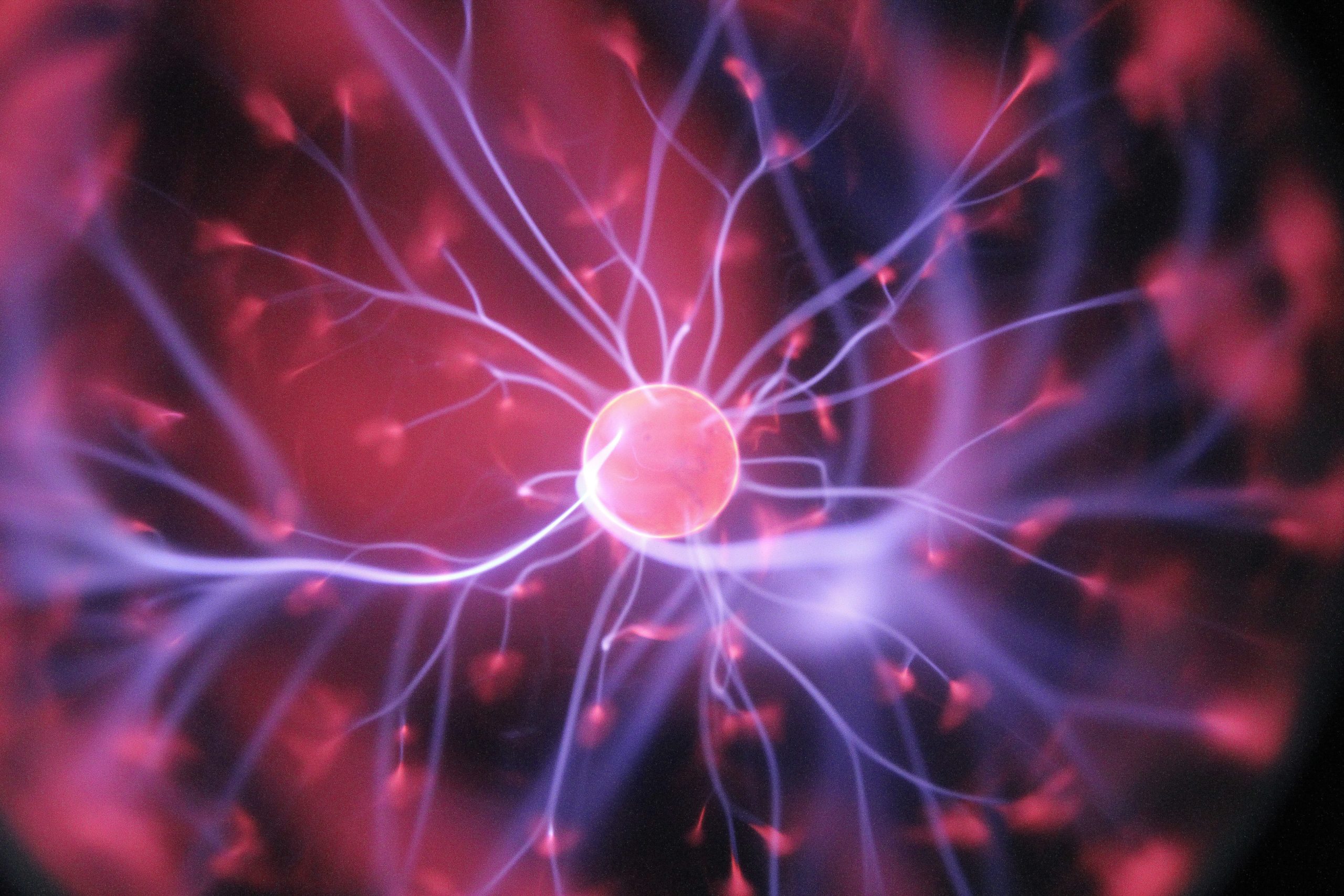In this article, I will explain the neurobiology of sex addiction and how trauma and traumatic developmental wounding can cause abnormalities in the nervous system. Once one is able to uncover the root causes of sex addiction, it is then possible to create an effective path to healing and recovery and learn how to stop. The TINSA (trauma-induced sexual addiction) model was developed after ten years of extensive research in the areas of sex addiction and neuroscience. It is now the primary form of therapy in multiple treatment centers throughout Colorado and has been used in the treatment of over fifteen hundred sex addicts and couples. The TINSA model assumes that the primary origin of sexual addiction lies in a damaged autonomic nervous system (ANS) due to developmental traumas. TINSA contends that early wounding events, such as a lack of attunement and emotional neglect, can predispose a person to addiction by incurring damage to a person’s neurological systems. Trauma comes in many forms. It can include:
- sexual assault or abuse
- physical assault or abuse
- emotional or psychological trauma
- serious accidents, illnesses, or medical procedures
- natural or manmade disaster
- witnessing violence, including domestic abuse
- school violence, including bullying
- traumatic grief or separation
- war or terrorism
- betrayal or relational trauma
Many experts divide traumatic events into two categories: big-T traumas and little-t traumas. While big-T traumas are generally associated with a single catastrophic event, little-t traumas are less noticeable but are just as damaging to a person’s psyche. Although trauma is usually equated with life-altering events, such as the devastation of the World Trade Center on September 11, 2001, or the impact of Hurricane Katrina on New Orleans, the truth is that traumatized individuals can often trace their adverse developmental experiences back to events that one might think of as inconsequential.
In my experience with treating addiction, I have found that most often my clients have been subjected to traumatic experiences that most experts would consider to be little-t traumas.
These include any events or experiences that affected their brains and nervous systems over time through a series of ongoing behaviors. If they occur during the early developmental stages of life, little-t traumas have the capability to impact how children view themselves, their relationships, and their place in the world. The long-term effects of little-t traumas result in a person growing up with a fear of abandonment, a feeling of not belonging, or with a constant need to be on guard against possible invasion or pain. That person will also suffer from an inability to form truly intimate relationships.
Human beings are instinctual creatures, but instinct can be skewed by trauma; traumatic events can prevent us from being able to access appropriate responses, especially if they occur early on in life. When we are subjected to traumatic and overwhelming situations, especially from a young age, our instinctual responses can be obstructed. This inability to adequately respond can impact us in obvious ways as well as subtle ones, such as hyperarousal, panic, rage, rigidness, obsessions, or chronic anxiety.
Alternatively, we can experience feelings of powerlessness, helplessness, shame, or immobility. Although both big-T traumas and little-t traumas can lead to addiction, it is the little-t traumas that are most commonly reported. Ongoing psychological or emotional trauma in the form of terrifying and overwhelming experiences during their early childhood is most often disclosed. To identify the root cause of your addiction, you must pinpoint where in your life you reached out to connect, only to be left with the inability to have that connection completed.
The following are examples of traumatic occurrences commonly reported by those who suffer from sex addiction:
- They were not attuned to by their caregiver.
- They were invalidated for who they were.
- They were not emotionally recognized. They were either told or were otherwise made to believe that they were not good enough for their parents or peers.
- They felt rejected or abandoned.
- They were subjected to parental divorce or death of a loved one.
- They experienced a loss of a pet, friendship, or young love.
- They may have been terrified of or controlled by another’s anger.
- They were not permitted to pursue their desires or interests.
- They were made to feel bad or insignificant because others were distant, cold, or punishing.
- They were punished, rejected, or ridiculed for being authentic (being themselves).
- They were made to feel stupid or inadequate about their intelligence.
- They were dismissed, minimized, ignored, disregarded, shamed, or ridiculed for their feelings, thoughts, physical appearance, or spiritual beliefs.
- They were made responsible for regulating others’ emotions (e.g., Mom or Dad’s confidence). • They were made responsible for making the family look good.
- They were punched, hit, kicked, slapped, or violently shaken.
- They were sexually abused.
- They were made to feel unsafe or threatened with exclusion and alienation.
- They were forced to avoid having feelings.
- They were not properly instructed on how to connect with, understand, and resolve their emotions.
What is important to note here is that most people experience many of the above occurrences at one time or another. The difference between most addicts and people who do not become addicts is that non-addicted people are able to resolve the effects of these occurrences, but addicts cannot, and it is these unresolved issues that lead to addiction. After hearing hundreds of similar accounts where early childhood traumas or ADEs were consistently reported by my clients, I quickly began to understand that these experiences were directly related to their sexual addictions. I saw that while the sexual behaviors were often different, the core of their addictions was surprisingly similar.
The most common forms of adverse developmental experiences reported among sufferers of sexual addiction are a lack of attunement and protection, thwarted emotional development, invalidation, and abandonment. These deficiencies are not about bad parenting, but about a parent’s inability to respond to the child’s emotional needs. Most parents are doing the best they can with the tools they have, but whether deliberately or inadvertently, the traumas of our childhood can have a tremendous impact on our lives. Psychologists and therapists have long known the importance of attachment and attunement when it comes to human health and relationships.
However, most clients do not have an understanding of this vital developmental process. When asked if they received proper attunement as a child, most of my clients answer yes and report an above-normal amount of physical care. They proudly report that they come from homes where there was plenty of food, clean water, heat, and adequate clothing. But none of this has much to do with the process of parental attunement, and so it is very clear that this process is widely misunderstood. “The attachment figure is intended to be the source of joy, connection, and emotional soothing,” according to Daniel Siegel (2017). “Instead, the experience of the child who develops a disorganized attachment is such that the caregiver is actually the source of alarm, fear, and terror, so the child cannot turn to the attachment figure to be soothed.”
Because attachment is linked to attunement and being adequately cared for as a child, attachment without attunement is not enough for optimal development. Although one might assume that attunement and the use of nonverbal forms of communication with their child should come naturally to parents, for some it does not. Attunement and the ability to express intimacy with another human being is a learned skill that is passed down from generation to generation. It is not a genetic inheritance but is something that is either environmentally present or absent. A lack of attunement might be the single most important variable in the predisposition to addictive behavior. if a parent or caregiver, for whatever reason, lacks the ability to scaffold the child’s emotional development and regulate the child’s nervous system, the child will be handicapped in these vital areas that are required for future healthy bonding. In Patrick Carnes’s (1992) landmark study, 87 percent of sex addicts reported coming from families that were disengaged, detached, uninvolved, and emotionally absent.
The people I treat, live in a world devoid of true emotional experience and expression.
My clients have a very difficult time identifying their emotions, or if they can identify what they feel, they then often lack the skills required to regulate or express these emotions. When people are never given the opportunity to express emotion, they also never learn how to regulate their emotions, so they are led down a rabbit hole of constantly seeking other ways by which to regulate their emotions, either through behaviors or substances. TINSA defines trauma as the result of being injured while vulnerable or when being authentic.
Vulnerability plus authenticity enables intimacy. Since sex addiction is defined as an intimacy disorder, it is not surprising then that the two most common characteristics contributing to the formation and progression of sex addiction are wounds to an individual’s innate vulnerability and expression of authenticity, both of which can threaten a person’s capacity to be intimate. Although these wounds most frequently occur within the family unit and within the first years of a person’s life, they can also occur outside of the family unit and at any time throughout a person’s developmental lifespan. Understanding sex addiction from a neurological perspective allows each patient to see that their addictive behaviors started as is an automatic reaction formed by trauma. The latter stages of this addiction is actually an intimacy disorder that makes bonding and healthy relationships impossible.
At Begin Again Institute, we treat sex addiction from a neurological approach uncovering how these automatic reactions formed early in our neurological networks. Knowing where addiction originates (early in our lives through adverse developmental experiences) is just the first step in recovery. We find the root cause of your addiction, making the unconscious, conscious to build back healthy neural pathways and begin the healing process.





